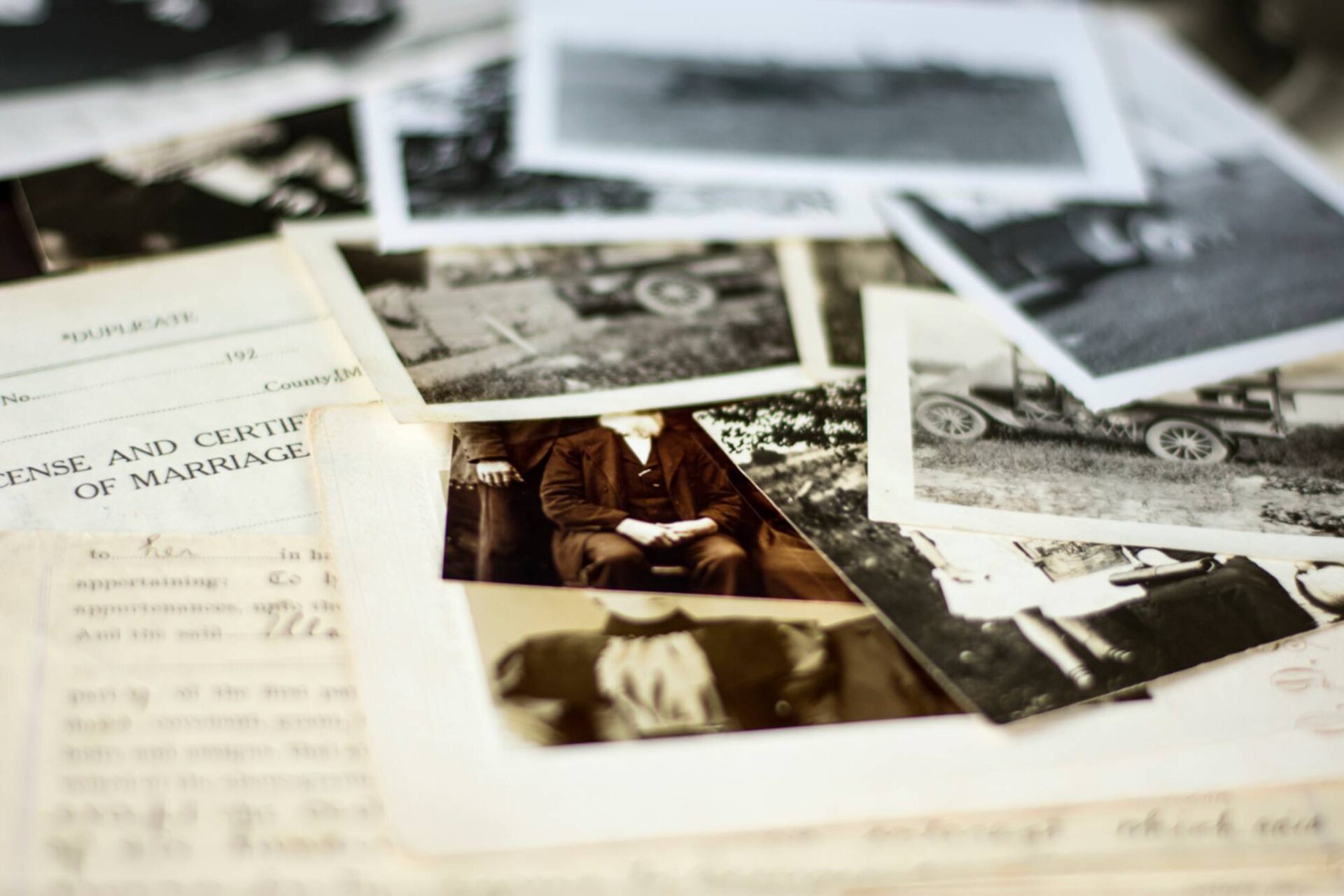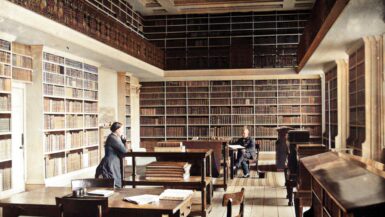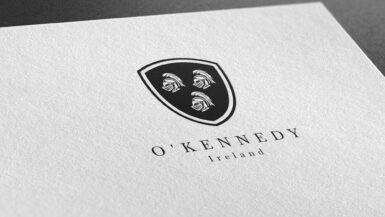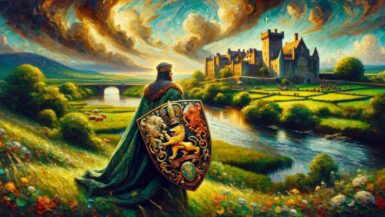Delving into the rich tapestry of Irish history, we come across the surname Curran, a name bearing testimony to the vibrant Gaelic culture of Ireland. The surname is derived from the Irish “Ó Corráin” or “Ó Corraidhín,” indicating descent from a person named Corraidhín. The Curran family name was found in different regions of Ireland, with separate septs (sub-branches) emerging, notably in County Waterford and County Tyrone.
Etymology and Meaning
The surname Curran comes from the Gaelic ‘Corraidhín’, which translates to ‘spear’ or ‘lance’. The diminutive suffix “ín” hints at ‘little’ or ‘small,’ hence the name could mean ‘little spear.’ The term was possibly a nickname that became a surname, alluding to the bearers’ prowess as warriors.
Earliest Known Usage
The earliest known usage of the Curran surname dates back to medieval times in Ireland. The O’Currans were noted in ancient annals, particularly those hailing from the County Waterford region, where they held family seats and were prominent landowners.
Geographic Distribution
Historically, the Curran family had strongholds in different regions of Ireland, predominantly in the Munster province, in County Waterford, and the Ulster province, in County Tyrone. The variation in location led to the formation of different septs of the Curran clan.
Original Geographic Location
The original geographic location of the Currans varies with the different septs. While one sept hailed from County Waterford in Munster province, another was from County Tyrone in the Ulster province. Each sept had its distinct history and heritage.
Migration Patterns
The 17th and 18th centuries witnessed a significant migration of Irish families, including the Currans, primarily due to religious persecution, economic hardships, and later, the Great Famine. A considerable number of Currans migrated to North America, Australia, and other parts of the world, which explains the spread of the Curran surname globally.
Historical Context
Notable Historical Events
The Currans have had their share of involvement in significant events in Irish history. One of the notable figures was John Philpot Curran, an orator and lawyer, who played a vital role in the late 18th and early 19th-century Irish politics.
Involvement in Key Moments in History
Currans have been actively involved in key historical moments, including the Irish struggle for independence and subsequent socio-political events in Ireland.
Notable Irish Bearers of the Surname
Famous Individuals
The Curran family has given Ireland some noteworthy personalities. Among them are John Philpot Curran, a renowned lawyer, politician, and orator; and Séan Curran, a prominent dancer, and choreographer.
Influential Figures
Several Currans have made significant contributions to various fields. For example, Paul Curran, a former professional cyclist, was an influential figure in the sports world.
Variations of the Surname
Spelling Variations
Spelling variations of the surname Curran are common and include O’Curran, Corran, Curreen, Curren, and several others. These differences often resulted from the phonetic interpretation and anglicization of the original Gaelic name.
Regional Differences
While ‘Curran’ is the most widespread version of the name, regional dialects and foreign influences led to minor variations in the name across different geographies.
Current Statistics and Distribution
Frequency and Global Distribution
The Curran surname is commonly found in Ireland and has also spread across the globe with the Irish diaspora. Countries with significant populations of Currans include the United States, the United Kingdom, Australia, and Canada.
Changes Over Time
Over time, the distribution of the Curran name has considerably changed due to migration. However, the name remains fundamentally Irish and continues to be associated with a deep-rooted Irish heritage.
Family Coat of Arms
The Curran family coat of arms is symbolic of their ancestry and legacy. The shield is silver, bearing three black paschal lambs, signifying faith and sacrifice. The crest features a red demi-lion rampant, an emblem of dauntless courage.






Leave a reply